Which Surveillance Camera is Right for My Customer?

With the myriad of camera choices on the market these days, it can be difficult to discern which camera would be best for your customer. Although the options may seem overwhelming at first, it’s important to approach the situation by first establishing the operational requirement of your customer.
Ask the customer, what is the most important aspect you want your surveillance solution to provide? Do you need to cover the most square-footage with the fewest cameras? Is high performance in low-light critical? Do you need analytics to provide feedback and automate actions or tasks? Let’s take a look at camera resolution, fisheye cameras and multisensor cameras and the role of each.
Camera Resolution
One of the first hurdles you may face is choosing a resolution because most camera manufacturers provide the same cameras in different resolution options. People tend to think a higher resolution is always better, but that isn’t necessarily the case. First, you can expect to pay more as the resolution increases. Where higher resolution is important is in forensic playback.
A 2-megapixel camera and 8-megapixel (4K) camera will have similar wide-angle views. If you need to zoom in to read a license plate in a parking lot on a recording from a 2-megapixel camera however, you may find that your image quickly appears pixelated and unreadable when magnified while video from an 8-megapixel (4K) camera provides a clearer picture. If you only need a general recording of a scene and don’t need such forensic abilities you could save money with a lower resolution option. Lower resolution cameras also provide better low-light performance. The reason is simple, if you have two sensors roughly the same size but you’ve packed twice as many pixels into the same area, each pixel is half the size. The size of the pixel affects the pixel’s ability to collect light.
Fisheye Cameras
Fisheye cameras have been present on the market for years and provide a very wide area of coverage due to their extremely wide-angle lenses. When placed strategically, they can provide single camera coverage of large rooms and corridors. Not all of these cameras provide dewarping, a software ability to “flatten” the round image from the wide-angle lens. This type of camera is typically a pancake shape and it does not always come with infrared illumination capabilities.
Multisensor Cameras
A camera style that has often replaced fisheyes in recent years is the multisensor camera. Rather than just a single lens and image sensor, these cameras have two or more sensors, with four being the most common. The benefit of these is that you can reduce the installation costs of running multiple network cables and buying several cameras to cover the same area a single camera can view. Obviously, they will cost more than a single sensor camera, but you can watch over a large area, or when placed on a corner you can view around corners while only running a single network cable and hanging a single device.
The capabilities of multisensor cameras has grown considerably as their popularity has risen. Multisensor cameras only require one camera license and include lenses that can easily be repositioned allowing for both 360 degrees of coverage or an 180 degree panoramic view, dependent upon your needs. They also only require one power source, making installation quick and economical.
In order to address a customer’s needs, integrators will most likely need to incorporate a few different styles of cameras at each site, since every site faces unique challenges. When it comes to camera selection, it’s clear that a mentality of “more cameras” or “bigger is better” is not always the strategy to take.


















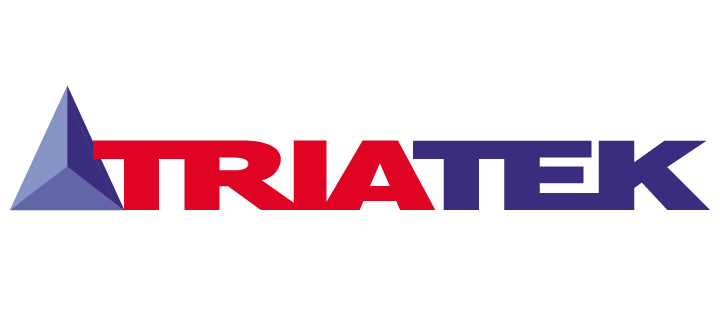












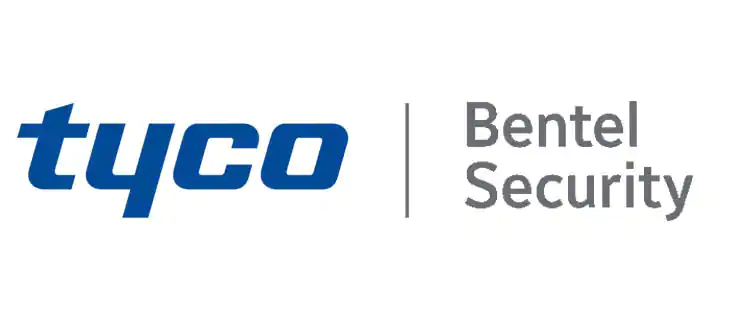
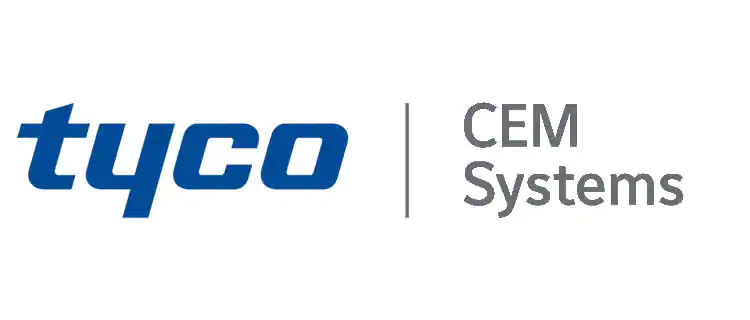
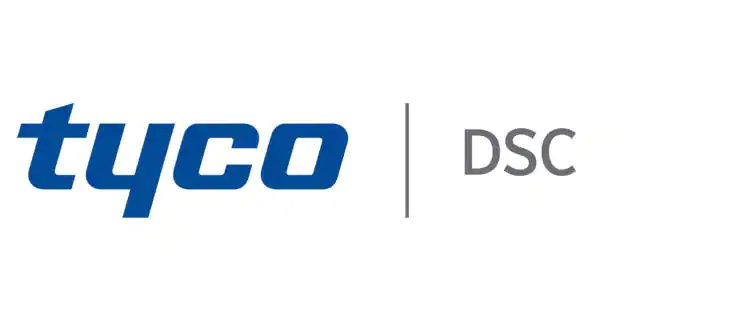



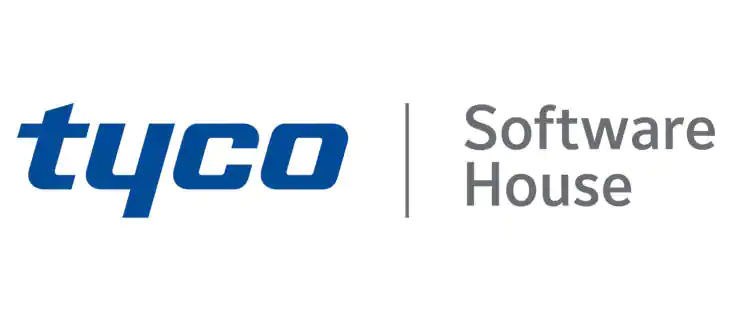






















.webp)















